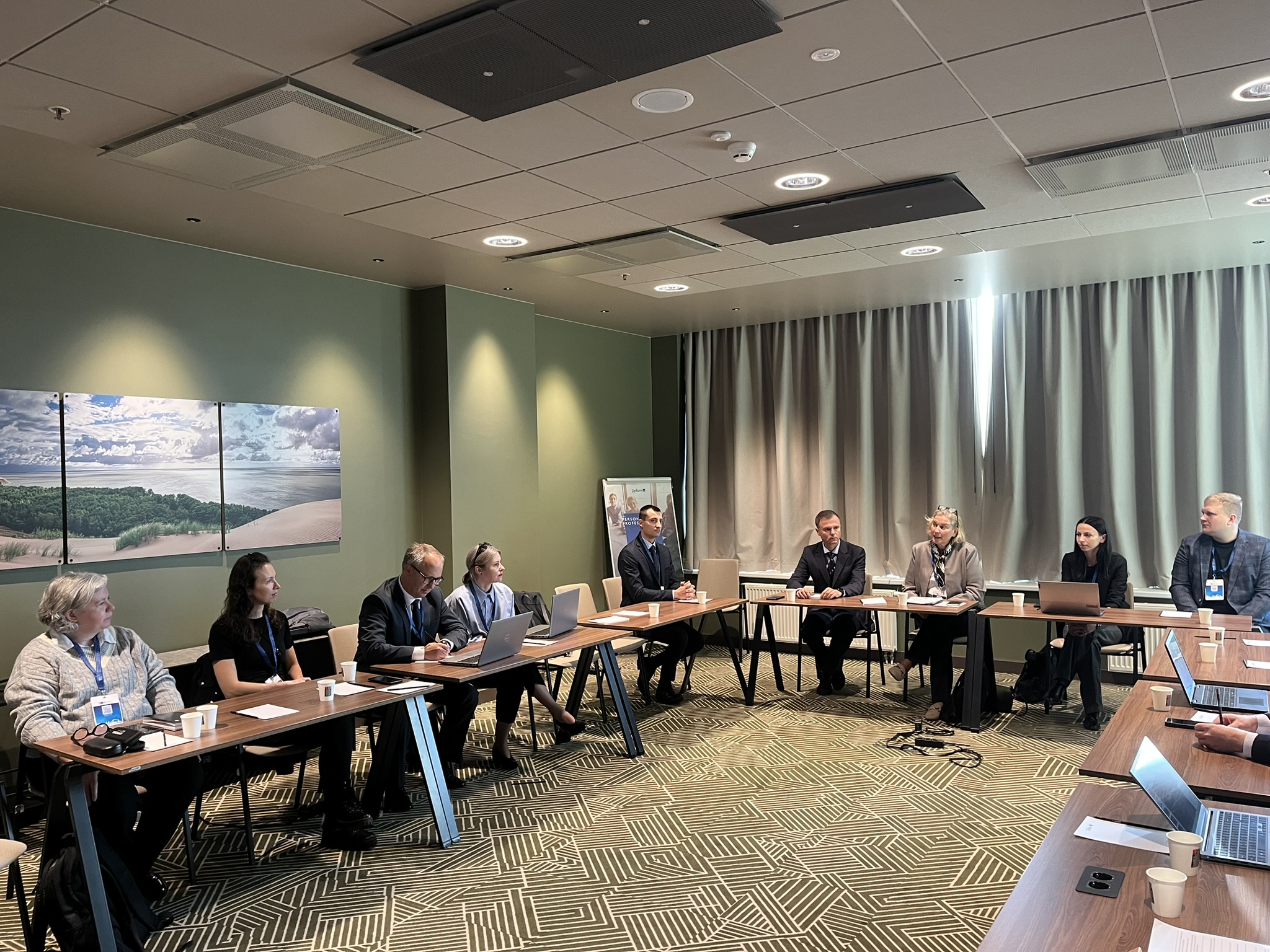Lithuania workshop – 1-2 October 2025
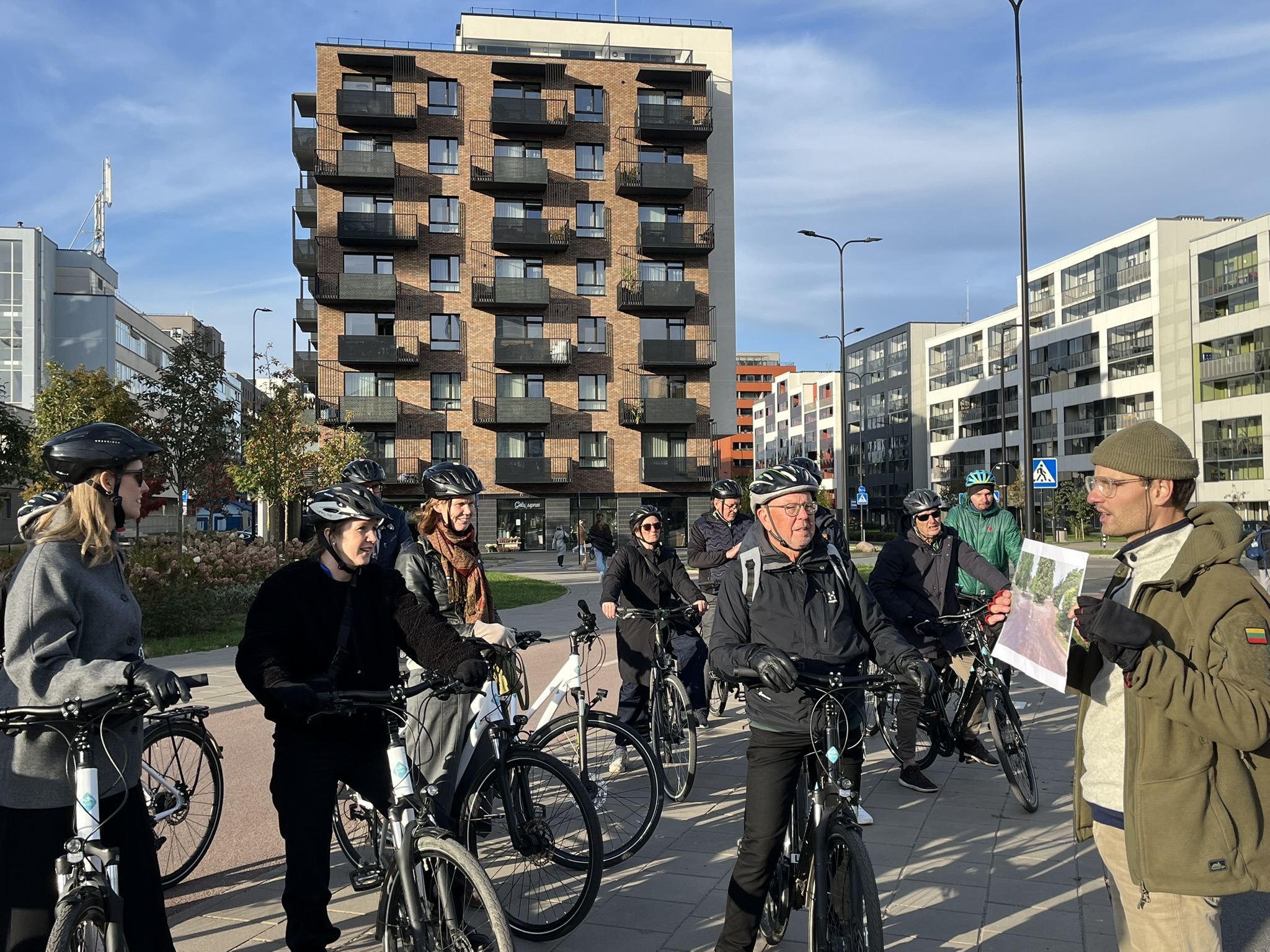
The ninth and final EU Road Safety Exchange (EURSE) workshop took place on 1–2 October in Vilnius, Lithuania, and included a session on the safety of rural roads and one on urban road safety. The event was organised in parallel with the European Commission’s Urban Mobility Days (UMD), in cooperation with the Ministry of Transport and Communications.
Participants included representatives from the European Commission, the Ministry of Transport and Communications, the Transport Competence Agency (TKA), VIA Lietuva, the Lithuanian Police and Kaunas Municipality. Partners from Ireland’s Road Safety Authority (RSA), Sweden and the City of Stockholm also took part, building on the two previous EURSE study visits.
The workshop began with a meeting with representatives of the Ministry of Transport and Communications, discussing Lithuania’s participation in the project and the progress achieved so far.
Several measures implemented as a result of the participation were presented. This includes developments with the serious injuries database, and use of medical data to support police records, developments in cycling regulations, and the first 2+1 road. The importance of political commitment and support for national initiatives was underlined, with Lithuania presented as a strong example of the EURSE project’s objectives.
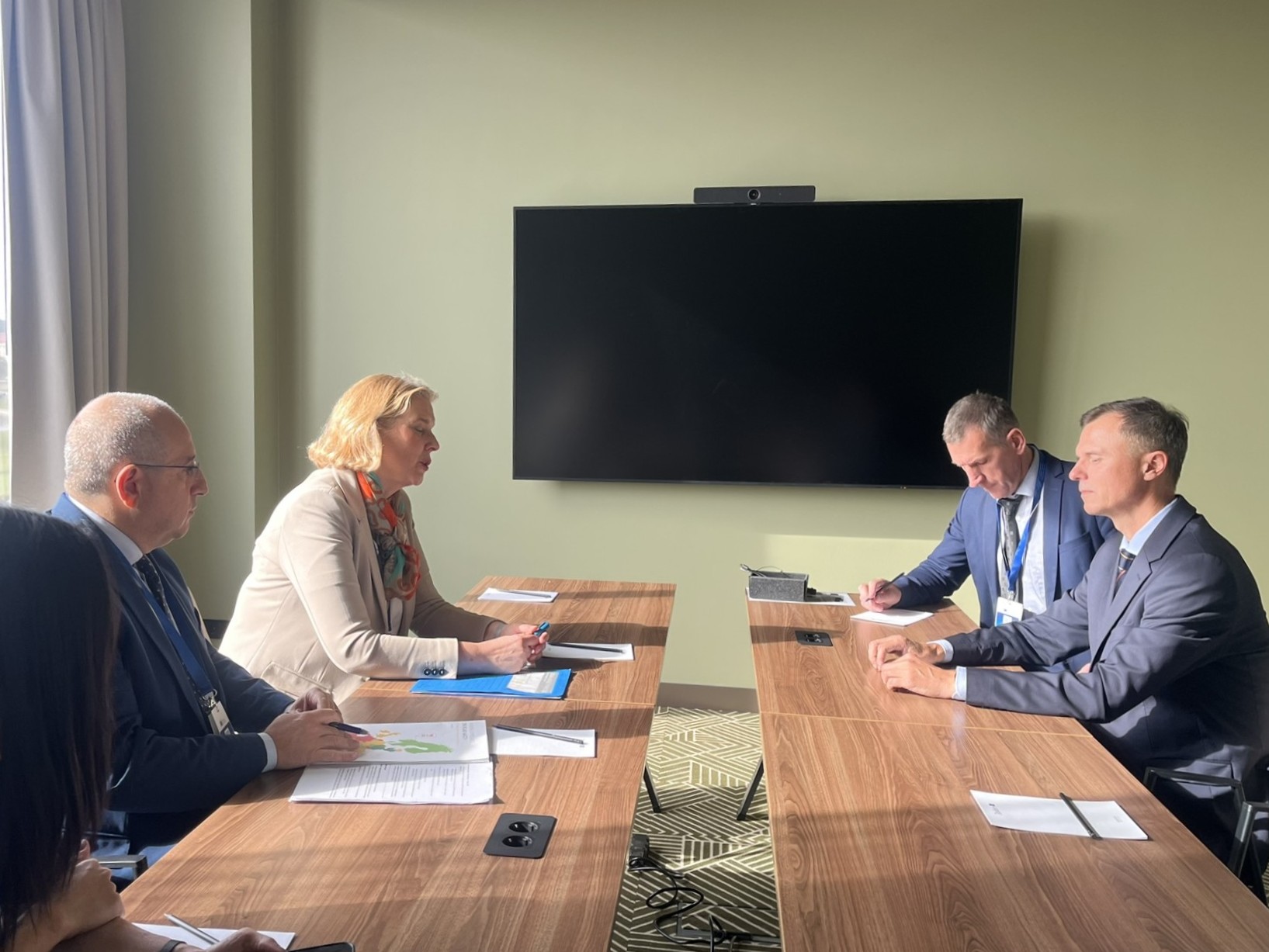
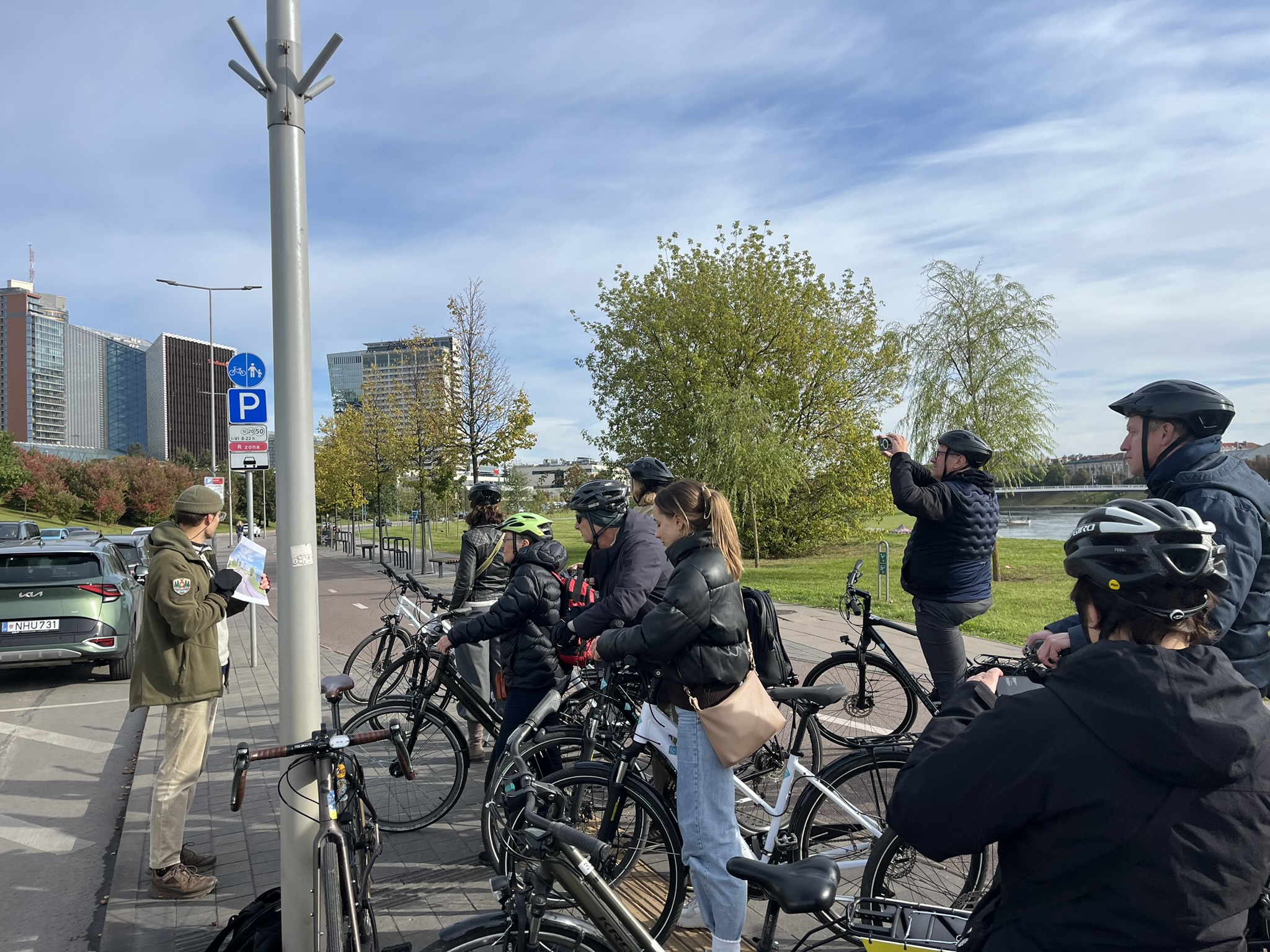
Participants then took part in a cycling tour in Vilnius, where they observed recent developments in cycling infrastructure. Measures included cycling streets with priority for cyclists, greening initiatives to improve liveability and promote active mobility, bike parking sites and other new infrastructure.
The tour offered participants a direct view of how the city is reshaping its streets to encourage safer and more sustainable travel. Inspired by study visits to the Netherlands during the pilot phase of the project, Lithuania has since developed national cycling guidelines and invested in improving conditions for active mobility, with Vilnius serving as a leading example of this progress.
The second day opened with a presentation from Diana Blaževiciene of the Transport Competence Agency, who gave an overview of road safety data and measures in Lithuania. She highlighted trends in crashes, injuries and deaths, and shared insights on the modernisation of the Road Accident Information System (RAIS), planned for launch in 2028.
The system, inspired by Lithuania’s earlier exchange with Sweden on the STRADA database, will improve the collection of high-quality traffic incident data. An initiative recognising municipalities with the best progress in road safety, the Vision Zero City award, was also presented.
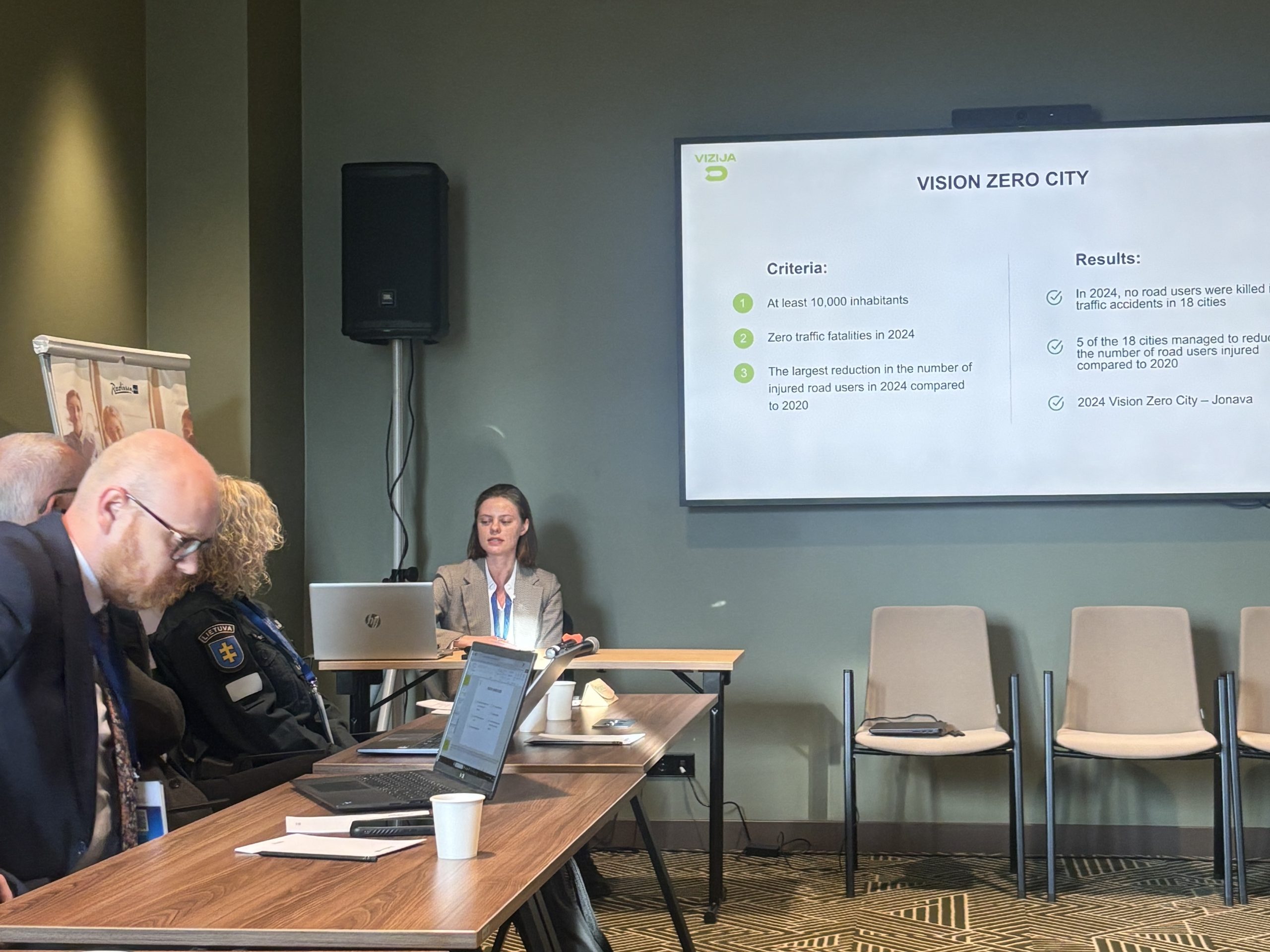
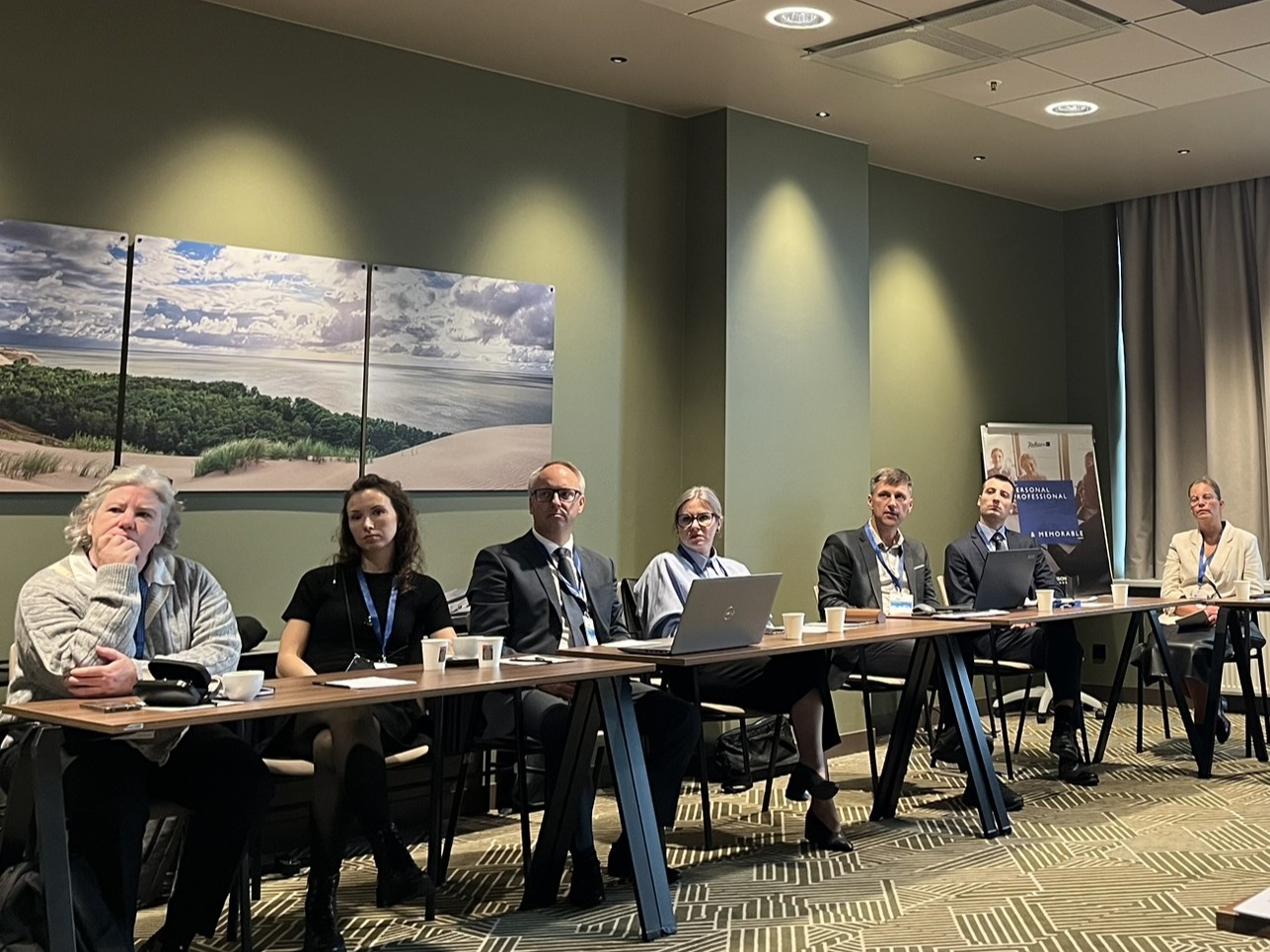
This was followed by a presentation from Viktoras Lapinas of VIA Lietuva on road infrastructure developments, in particular the recent construction of a 2+1 section on the Vilnius–Moletai road. Inspired by exchanges with Sweden, this project marks a new step in Lithuania’s approach to safer infrastructure, improving mobility and traffic quality on a high-intensity national route. The 42 km section includes measures such as protective fencing, underground crossings for wildlife, and upgraded roundabouts and viaducts.
Continuing the theme of safe infrastructure, Lars Ekman, national traffic safety expert formerly at the Swedish Transport Administration, shared good practices from Sweden. He highlighted the shift towards Vision Zero principles, applying the Safe System approach and redesigning infrastructure to eliminate fatal crashes. His presentation also looked at the new challenges that road administrators face, especially in the era of new mobility devices and the continuous development of artificial intelligence.
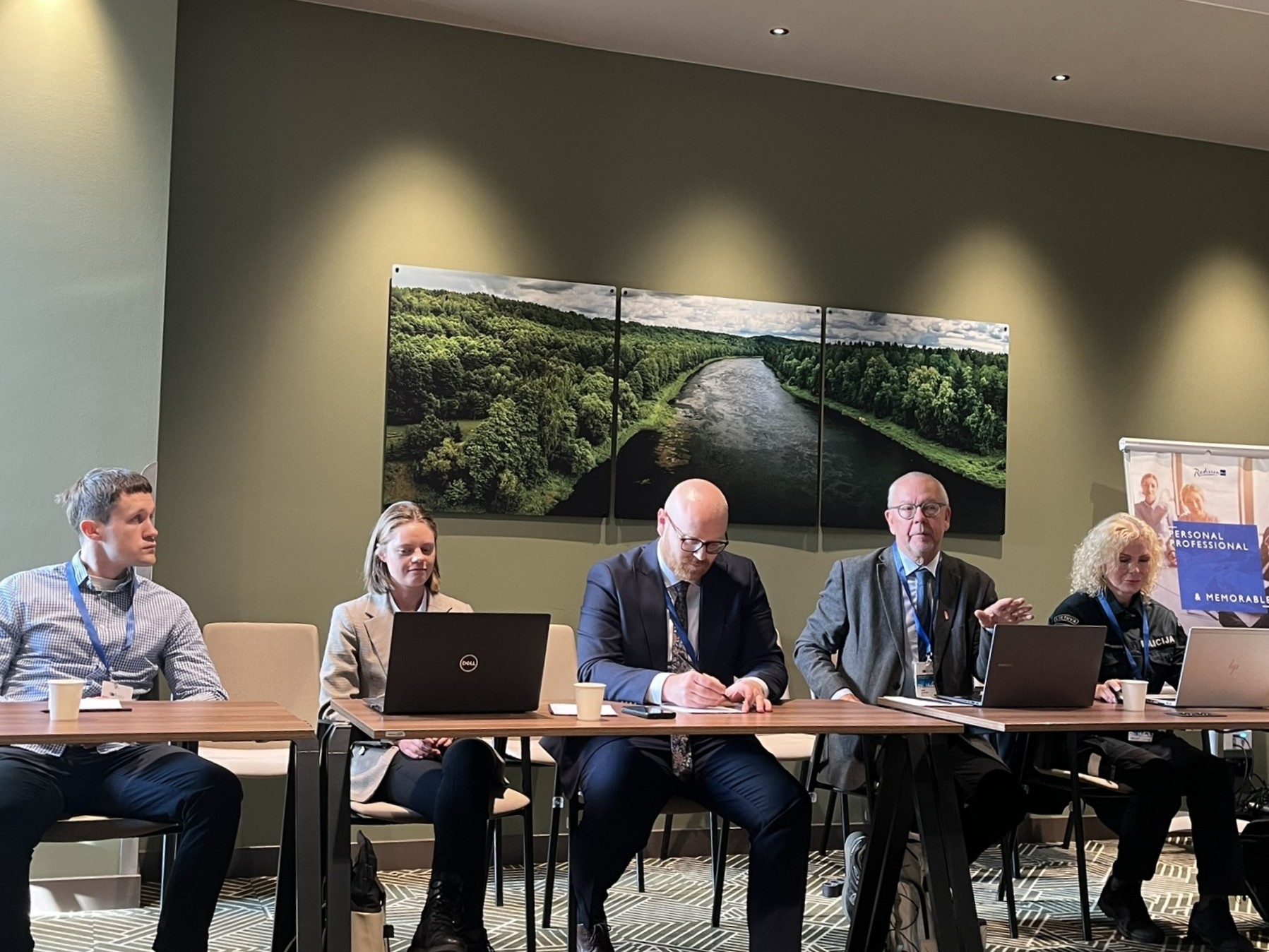
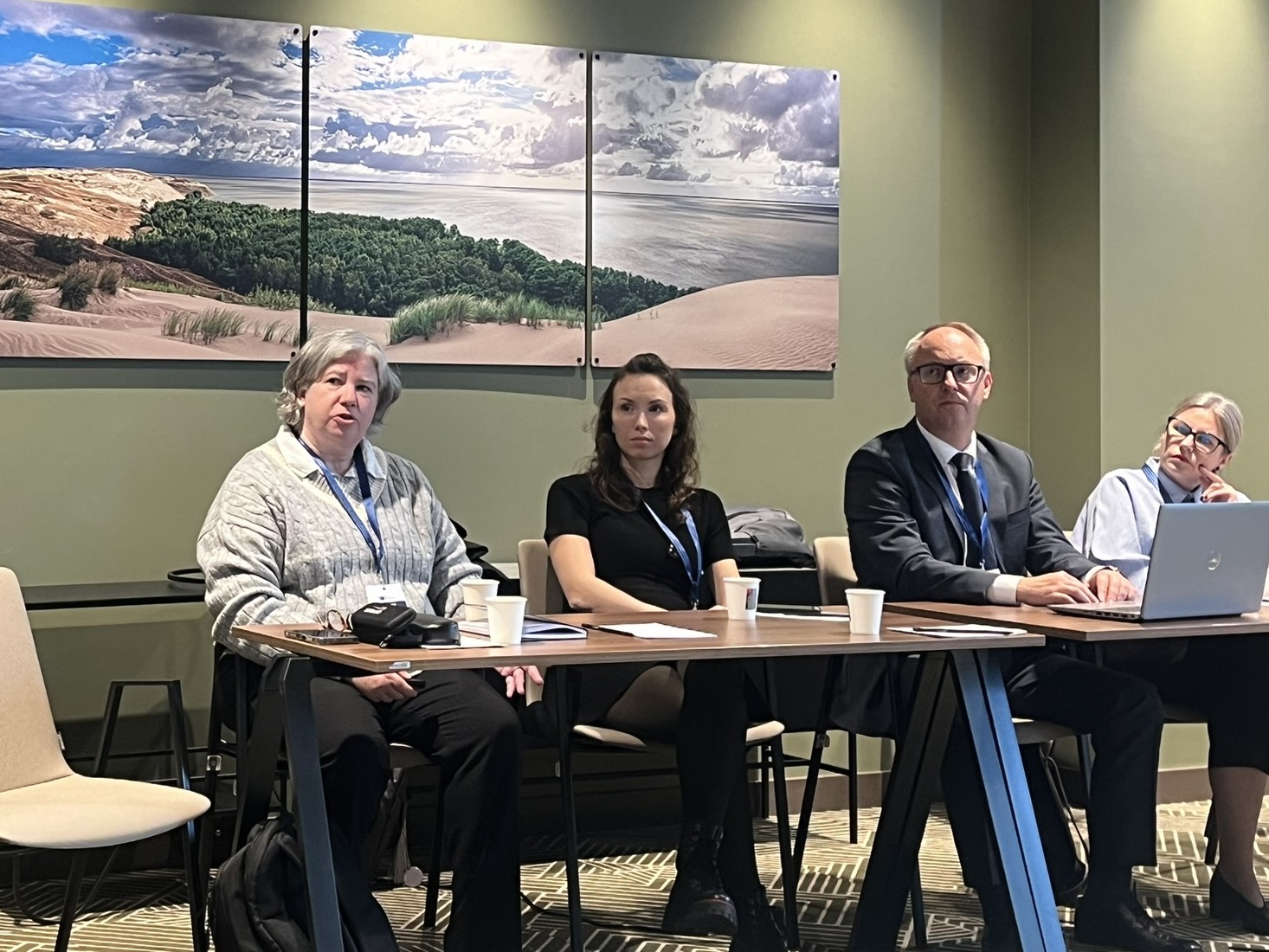
Meanwhile, Sharon Heffernan from the Road Safety Authority in Ireland spoke about rural roads, sharing insights on recent changes to speed limits on national rural roads and local roads. Ireland is reducing the speed limit on these roads from 80 km/h to 60 km/h, affecting a large part of the network. The initiative is supported by national awareness campaigns and is expected to improve safety on rural roads. Ireland is also planning to reduce 100 km/h limits to 80 km/h in 2026, and to introduce more 30 km/h limits in urban areas.
Ingrida Lamanauskiene of the Lithuanian Police shared with participants to the workshop the work of the traffic police to improve road safety. The remarkable progress of Lithuania was in part due to increased enforcement, stricter penalties and new legislation, such as reduced BAC for novice drivers.
A direct correlation was shown between the reduction in road deaths in Lithuania and both infrastructure improvements and legislative changes targeting key issues such as speeding and drink driving. The police is continuing work on better targeting the main killers on the road and increase safety on the roads.
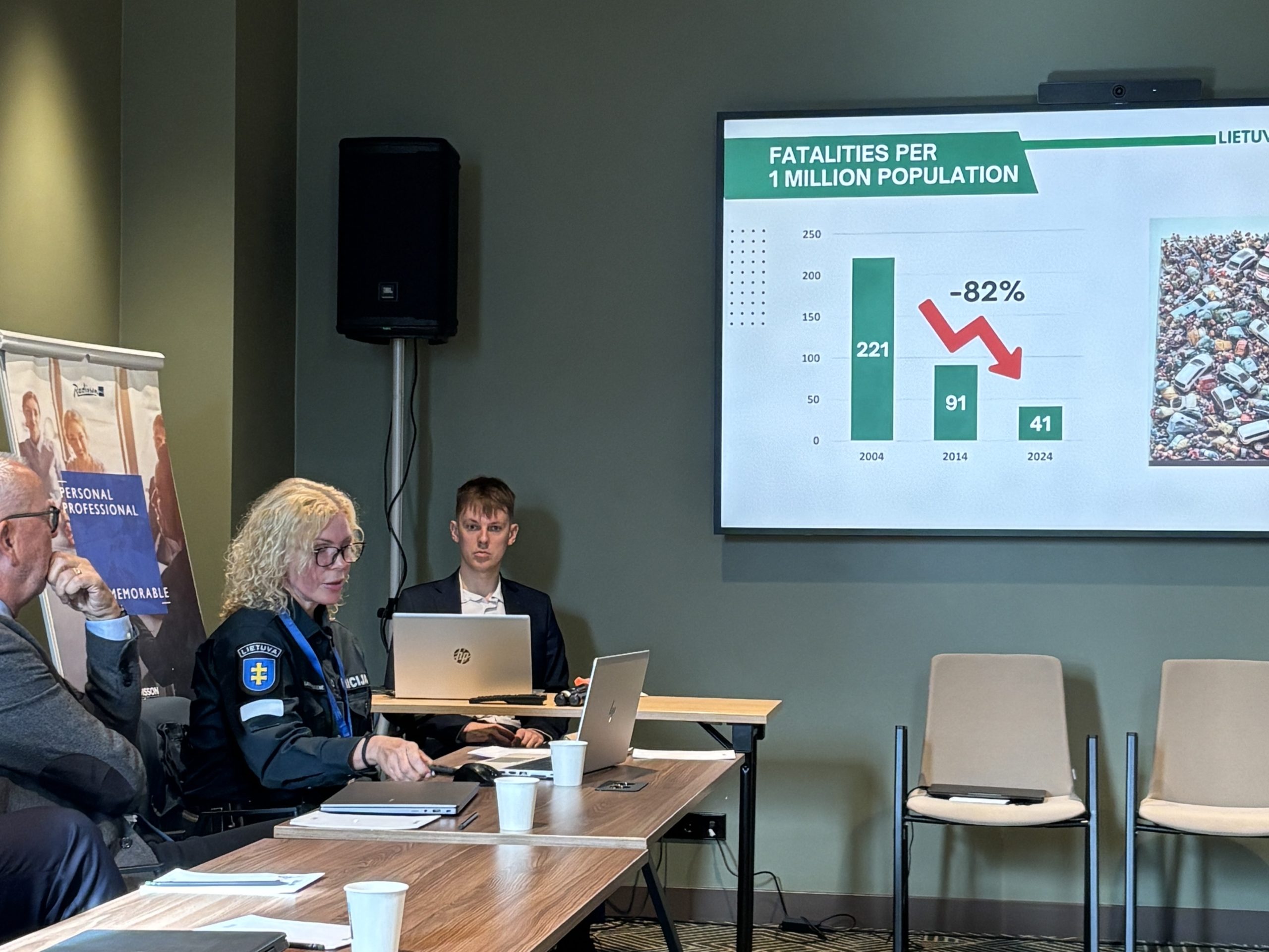
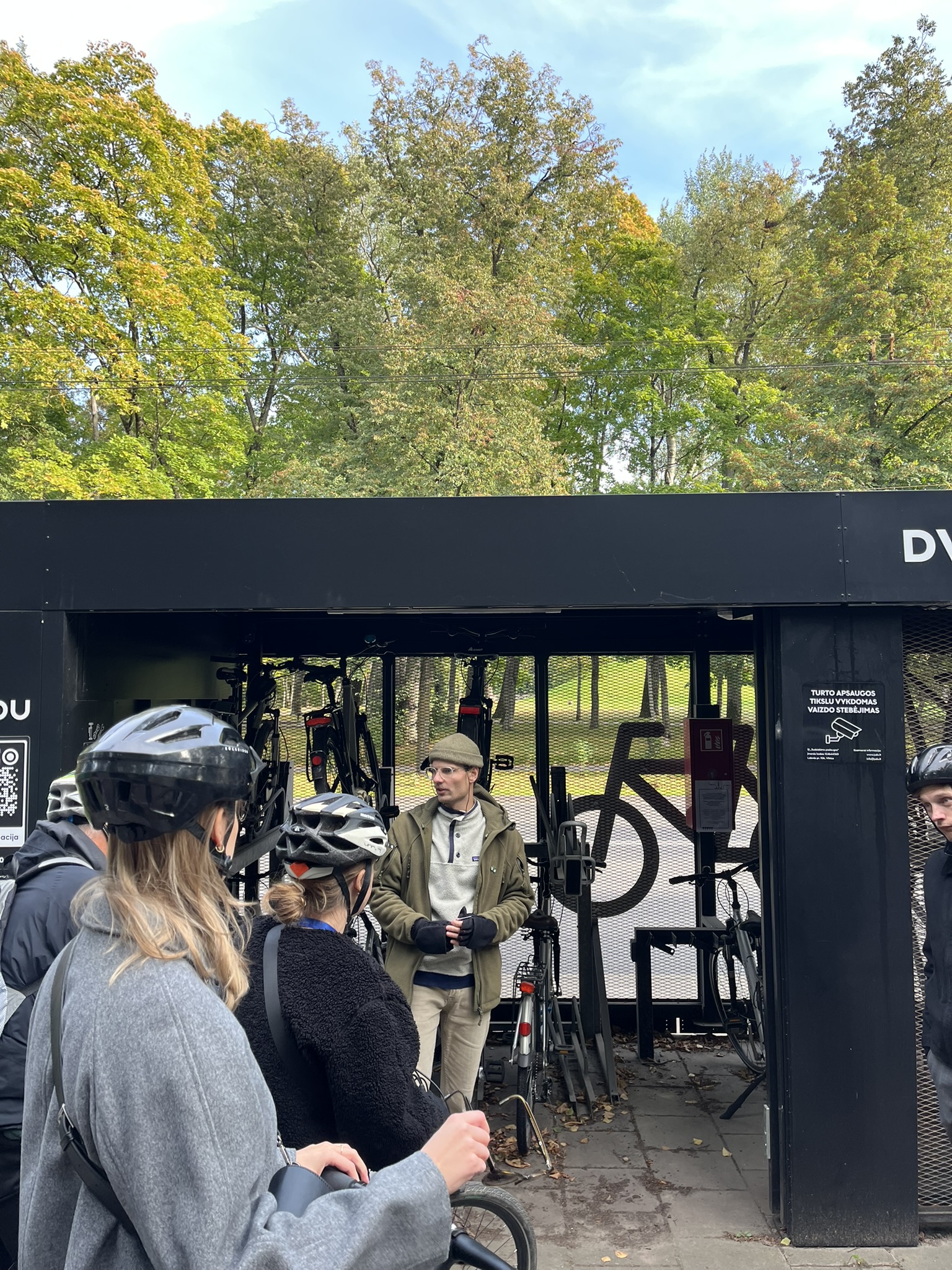
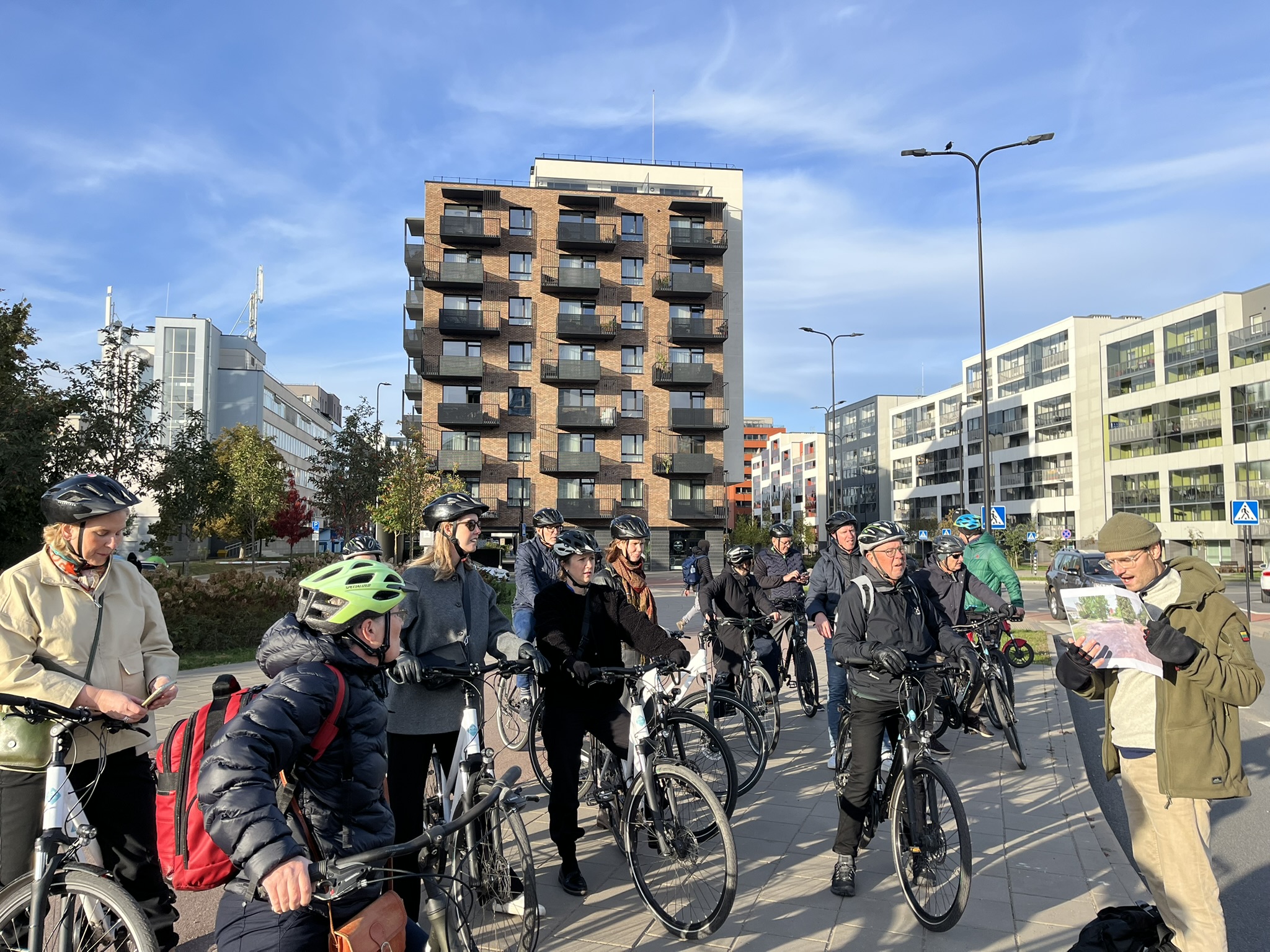
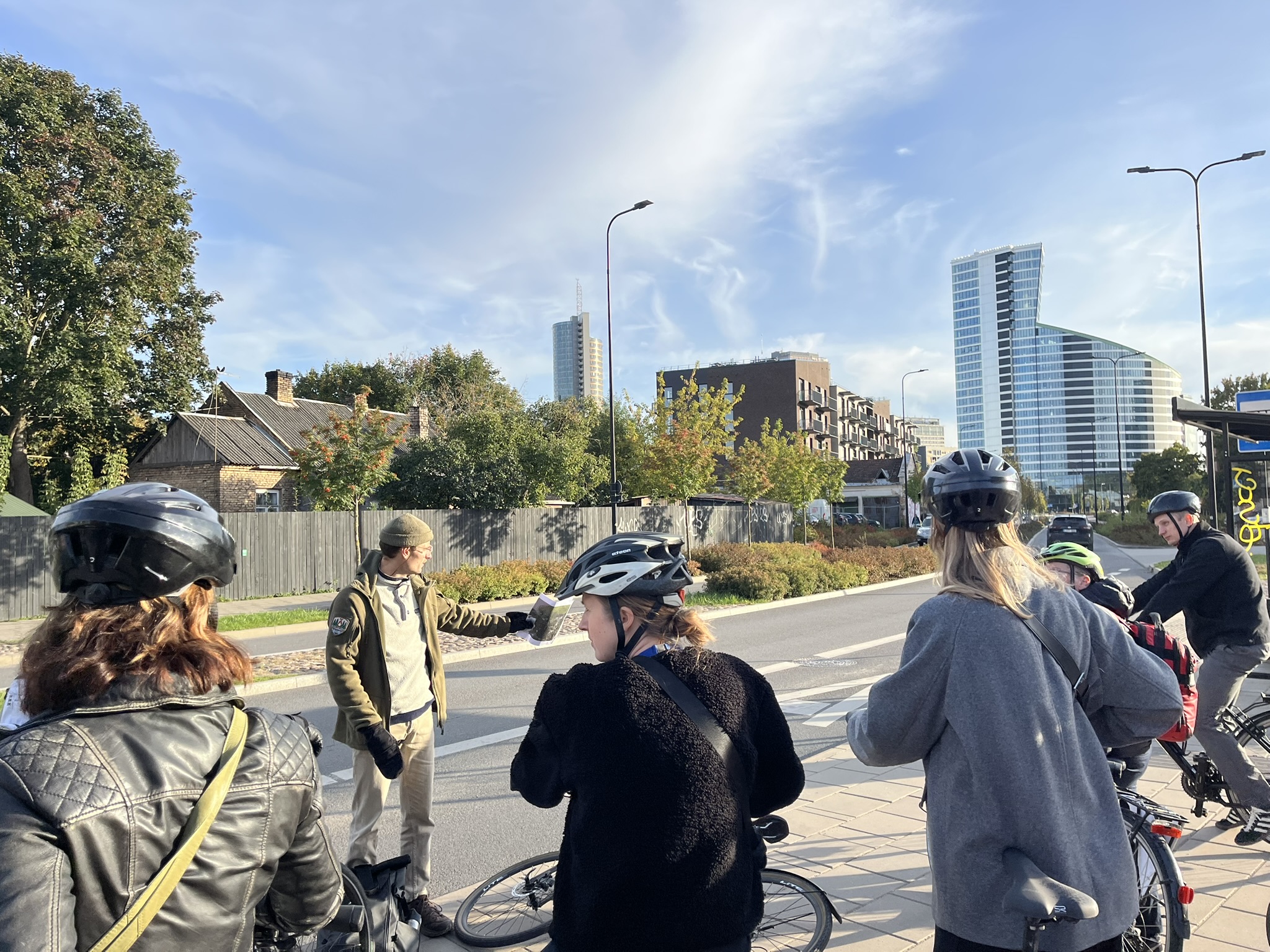
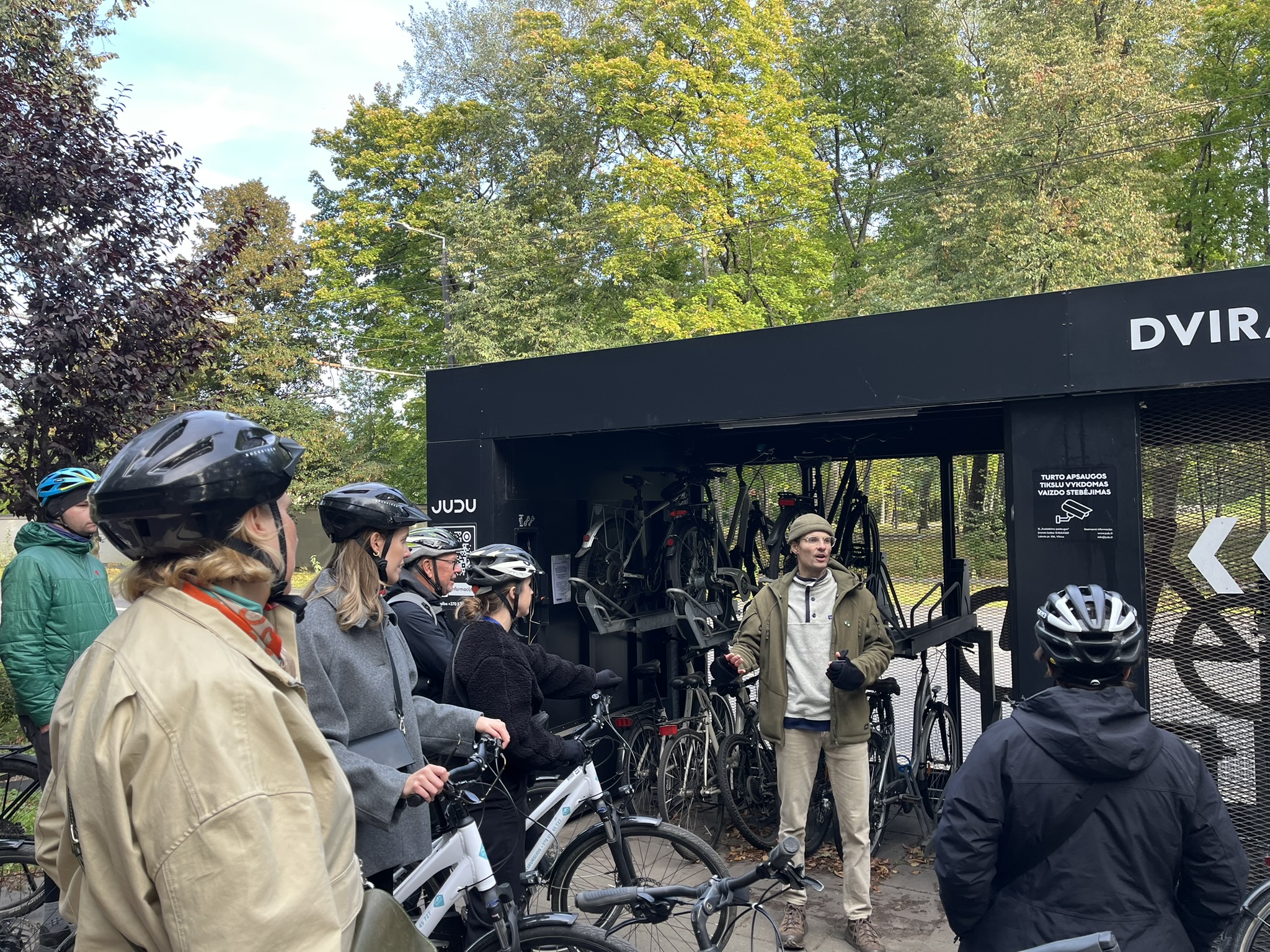
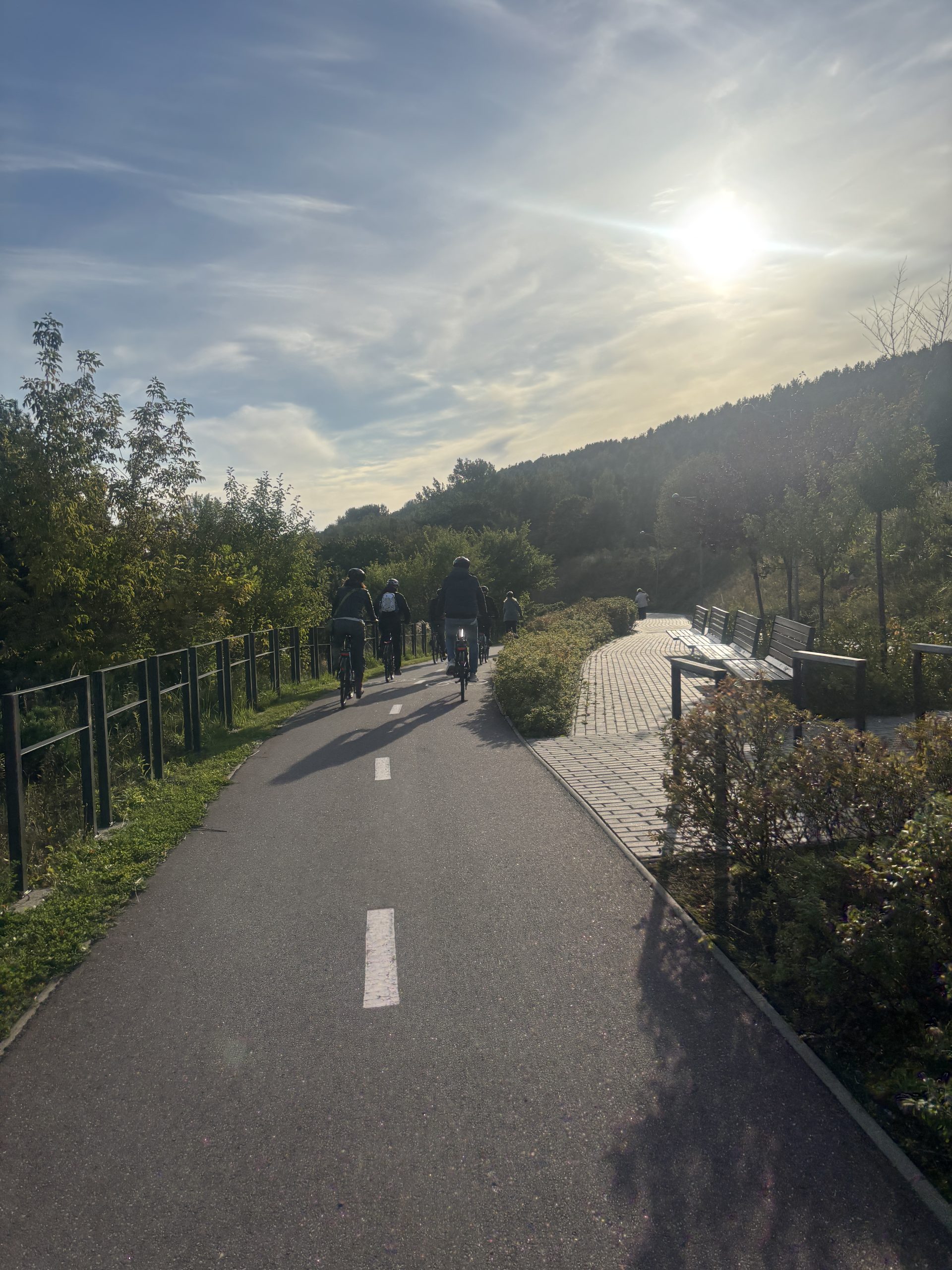
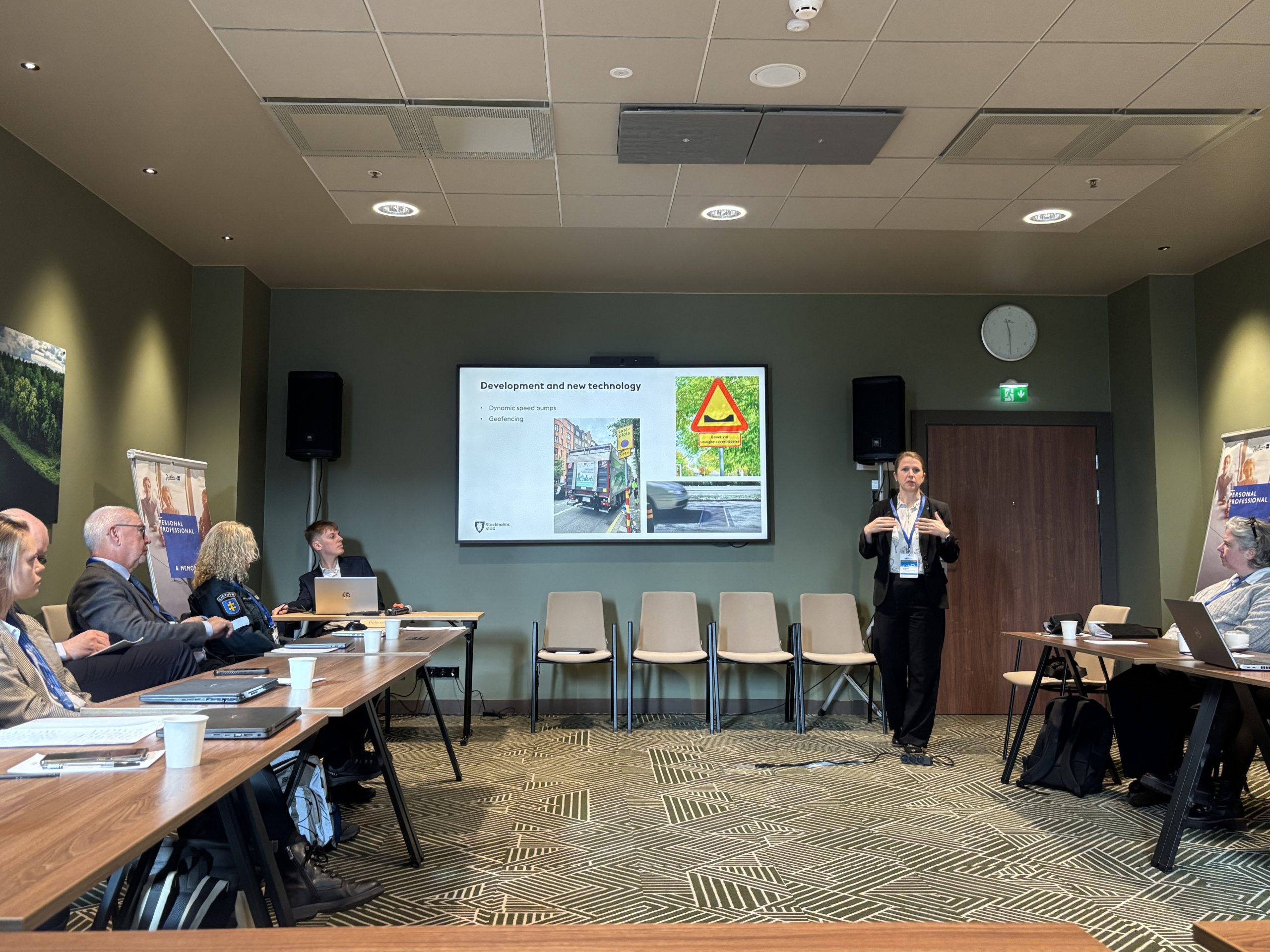
The second session of the workshop focused on urban road safety. Amanda Baumgartner presented Stockholm City’s approach, including speed limits of 30 km/h in urban areas, safer school environments, car-free zones and cycling streets. She also highlighted how public space in Stockholm is being used in new ways, with examples such as summer pedestrian streets that prioritise walking and social activities, and temporary pop-up parks that make neighbourhoods more attractive and accessible.
Nemunas Abukauskas from the Ministry of Transport and Communications shared Lithuania’s perspective and key principles on the promotion of cycling culture in the country. While the rate of crashes involving cyclists remains high, Lithuania is expanding its cycling infrastructure and sees a continuous increase in cyclist numbers every year, which requires specific attention to safety measures and infrastructure improvements.
Lithuania has adopted a National Strategy and Action Plan for cycling promotion, setting strict requirements for cycling infrastructure planning and placing strong emphasis on road safety. Taking inspiration from exchanges in the Netherlands during the pilot phase of the project, Lithuania is now working on the transformation of residential streets into low-speed zones, while also putting effort into upgrading existing cycling infrastructure.
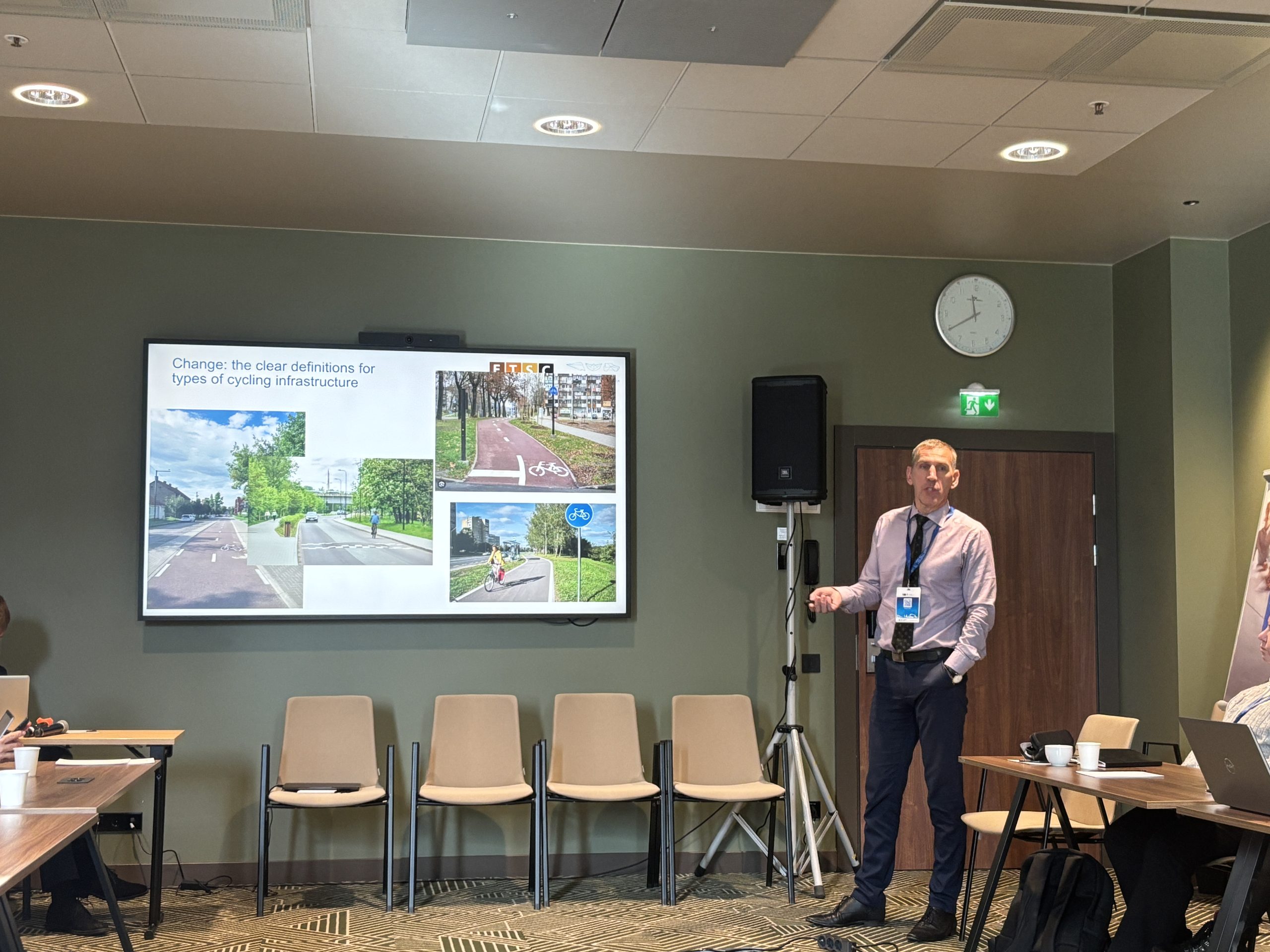
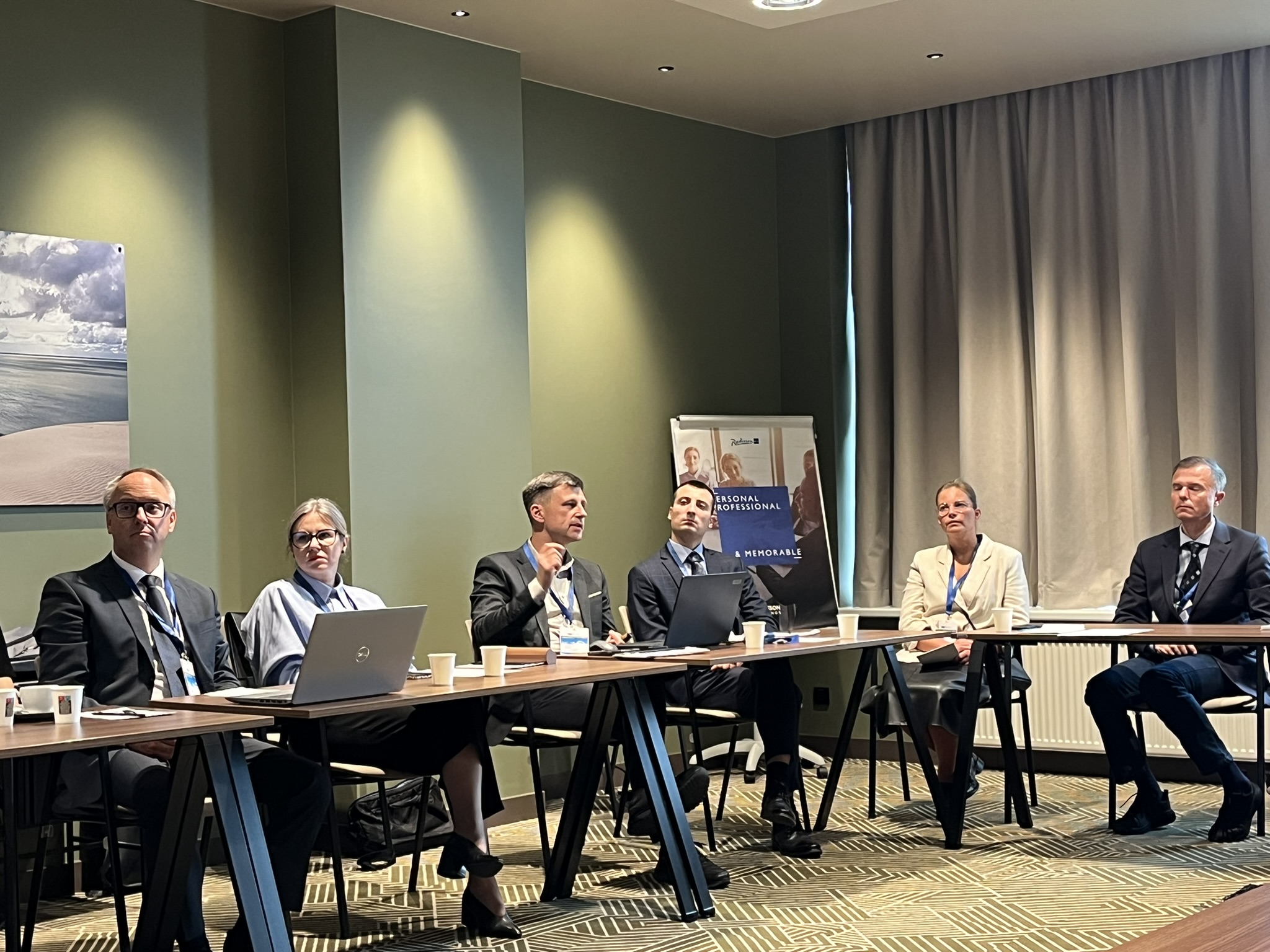
Focusing on urban developments, Martynas Matusevičius from Kaunas Municipality presented the city’s measures to improve road safety and promote active mobility, especially in relation to public transport. By collecting detailed data on traffic incidents involving buses, Kaunas Municipality demonstrates the importance of tracking issues arising from crashes or dangerous maneuvers on bus lanes, as well as crashes or injuries occurring inside the bus. Initiatives to encourage safe driving among bus drivers were also presented.
Also, Kaunas is one of the first municipalities in Lithuania to adopt an on-demand stopping bus system, which has already proven to be efficient in terms of fuel savings and has contributed to smoother traffic flow in the city..
Participants then engaged in a discussion on recent measures, highlighting Lithuania’s progress in recent years not only in terms of reducing road deaths and injuries, but also in adopting good practices from other countries in Europe.
This was the final workshop of the second phase of the EURSE project. The closing event will take place on 16 October 2025 in Brussels, where all participating Member States will have the opportunity to take stock of the progress and results achieved over the three years.
